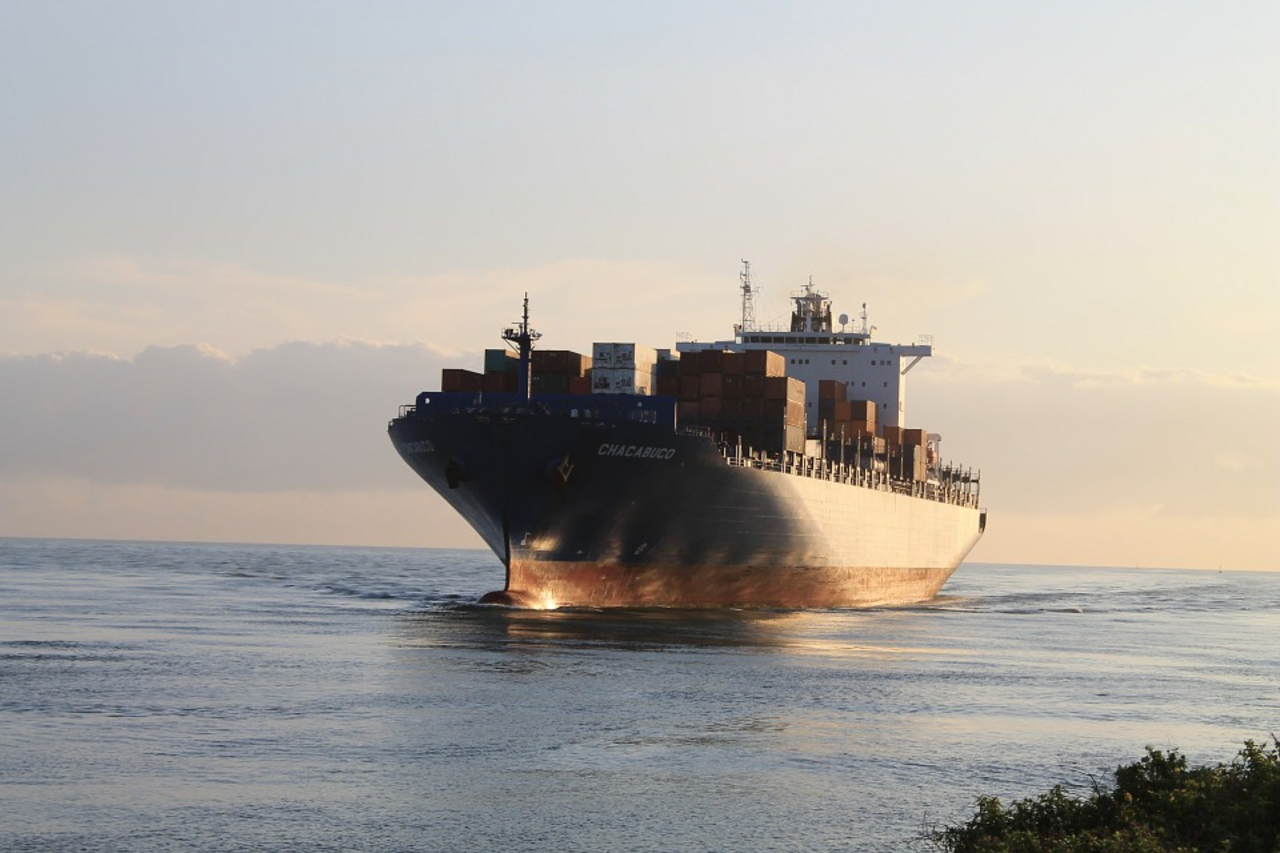Shipping data is a staple of the alternative data diet. It makes sense that the ability to track vessels would be valuable for institutional investors. As the oft-quoted statistic goes – around 90% of the world’s trade volume moves across the ocean. What is more, with melting ice caps promising significant shifts in European-Asian trade patterns and stricter global fuel regulations coming into force from 2020, the shipping industry itself is entering a period of rapid change.
To help investors keep abreast of these developments, Neudata has combined insights from multiple empirical studies to provide 1) an overview of potential use cases for AIS-derived vessel tracking data, 2) a case study investigating the alignment of AIS-based trade estimates and official customs statistics, 3) an introduction to AIS data challenges, and 4) advice for data buyers.

Learning the ropes – what is AIS data and what does it offer?
AIS (Automatic Identification System) is a maritime communication system that uses Very High Frequency (VHF) bands to transmit ship movement and technical data. This includes dynamic data generated by ship sensors (speed and position), as well as manually reported static data (ship’s name, draught, destination, and time of arrival).
International maritime law dictates that cargo ships of 300 GT+ and all passenger ships must be fitted with an AIS receiver. AIS transmissions are collected by transponders located on vessels, land, or satellites. Although terrestrial AIS receivers are limited in the sense that they can only receive AIS messages within a 40-50 nautical mile range from the shore, they offer better granularity in areas of high traffic density. Furthermore, terrestrial transponders generally transmit data points at frequencies that are both higher and more consistent than those of satellite data points, which can vary with coverage.

Use cases
Macro-level trade insights: As noted above, AIS-based data can provide intelligence on cargo positions, as well as loading and discharging activity. This information can be aggregated to provide high-frequency trade data, which is unafflicted by the time lag that affects most official customs statistics and Bill of Lading records.1 For macro investors, changes in aggregated trade flow balances, as implied by shipping activity, can be valuable indicators of future FX movements.
Commodity tracking: On a micro-level, the usefulness of vessel tracking data is confined to homogeneous cargo types that can be identified via metrics such as 1) vessel specifications, 2) loading and discharging port characteristics, and 3) loading and discharging terminal or berth type. Strong candidates for commodity tracking using AIS data alone include cargoes such as crude oil, coal and iron ore, which are generally loaded from single-use terminals2 and transported in tankers and bulk carriers. The high-volume utilisation of these ship types results in large differences between maximum and minimum draught (the depth of the vessel’s keel below the waterline), which can then be used to calculate the load status of a given vessel.3
Shipping demand forecasting: In theory, cargo tracking can be used to infer shipping demand with greater accuracy than forecasts based on customs statistics. This is because, unlike customs data, AIS-based data includes information on sailing distances, better estimates of individual cargo sizes, and can separate by vessel type or size group. A 2018 study on the predictive power of AIS-based data for TD3 freight rates – the benchmark price for VLCC (crude oil tankers ranging from 180-320 deadweight tonnage) laden trips between the Arabian Gulf and Japan – finds weak but positive evidence in favour of using AIS-derived information for forecasting purposes, albeit with the caveat that further research is still needed in this area.4
Monitoring newbuilds and demolitions: Lastly, AIS data can also be used to monitor newbuild deliveries (signified when the AIS for a vessel goes live). This could allow investors to identify delays in production and assess the health of shipbuilding companies. Conversely, the number of AIS systems going permanently offline at demolition yards could also be used as a proxy for demand within the shipbreaking industry.5
